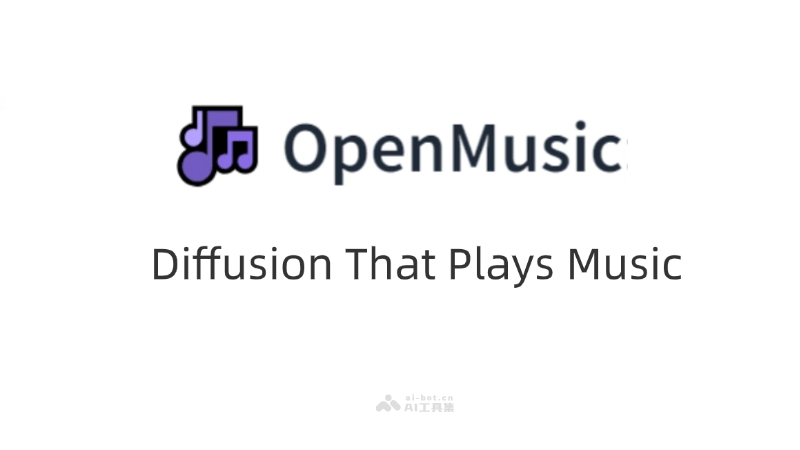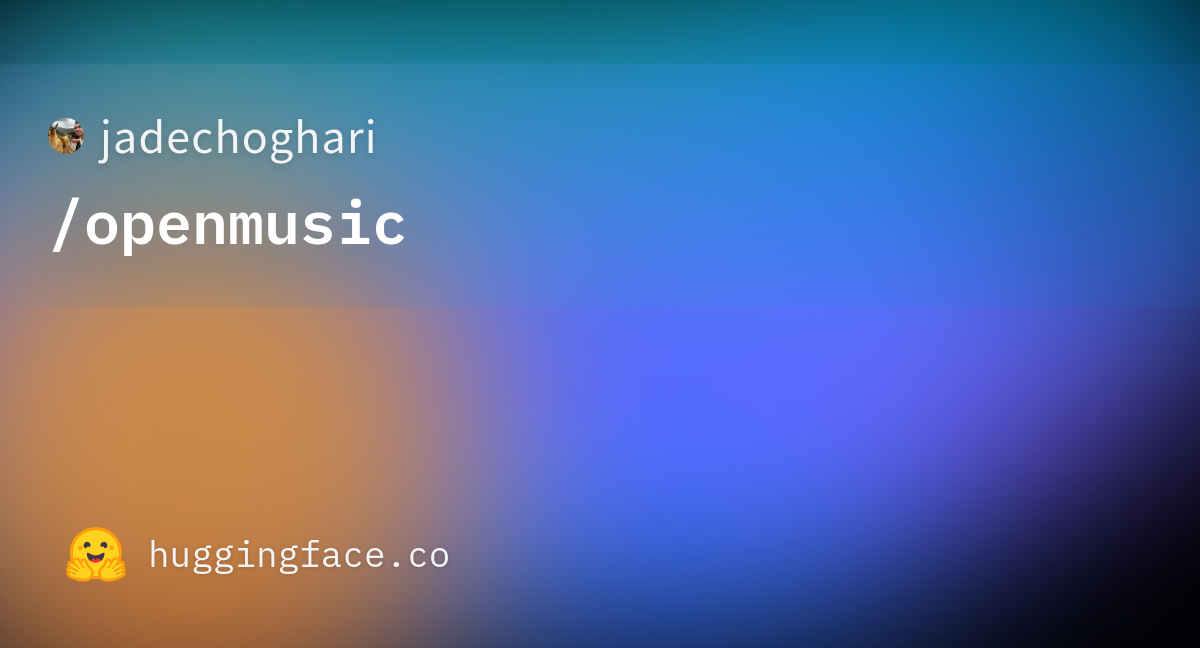OpenMusic
by Hugging FaceOpenMusic is a high-quality text-to-music model based on QA-MDT technology, generating music from text descriptions using advanced AI algorithms.
What is OpenMusic?
OpenMusic is a high-quality text-to-music model based on QA-MDT (Quality-aware Masked Diffusion Transformer) technology. It uses advanced AI algorithms to generate high-quality music from text descriptions. The model incorporates a quality-aware training strategy that ensures the generated music is musically rich, aligns with the text description, and maintains high fidelity.
Main Features of OpenMusic
- Text-to-Music Generation: Generates music that matches the user-provided text description.
- Quality Control: Identifies and enhances the quality of music during generation, ensuring high-fidelity output.
- Dataset Optimization: Improves the alignment between music and text through dataset preprocessing and optimization.
- Diverse Generation: Generates music in various styles to meet different user needs.
- Complex Reasoning: Performs complex multi-hop reasoning to handle multiple contextual information.
- Audio Editing and Processing: Provides functions for audio editing, processing, and recording.
Technical Principles of OpenMusic
- Masked Diffusion Transformer (MDT): Based on the Transformer architecture, it learns the latent representation of music by masking and predicting parts of the music signal, improving the accuracy of music generation.
- Quality-Aware Training: During training, it uses a quality scoring model (e.g., pseudo-MOS score) to evaluate the quality of music samples, ensuring the model generates high-quality music.
- Text-to-Music Generation: Based on natural language processing (NLP) technology, it parses text descriptions and converts them into music features, then generates music.
- Quality Control: During the generation phase, it guides the model to generate high-quality music based on the quality information learned during training.
- Music and Text Synchronization: Uses large language models (LLMs) and CLAP models to synchronize music signals with text descriptions, enhancing the consistency between text and audio.
- Function Calling and Proxy Capabilities: The model can actively search for knowledge in external tools and perform complex reasoning and strategies.
Project Address of OpenMusic
- HuggingFace Model Library: https://huggingface.co/jadechoghari/openmusic
Application Scenarios of OpenMusic
- Music Production: Assists musicians and composers in creating new music, providing creative inspiration or as a tool in the composition process.
- Multimedia Content Creation: Generates custom background music and sound effects for advertisements, movies, TV, video games, and online videos.
- Music Education: Serves as a teaching tool to help students understand music theory and composition techniques, or for music practice and improvisation.
- Audio Content Creation: Provides original music for podcasts, audiobooks, and other audio content, enhancing the auditory experience for listeners.
- Virtual Assistants and Smart Devices: Generates personalized music and sounds for smart home devices, virtual assistants, or other smart systems, improving user experience.
- Music Therapy: Generates music in specific styles to meet the needs of music therapy, helping to alleviate stress and anxiety.
Model Capabilities
Model Type
Text-to-Music
Supported Tasks
Text-To-Music Generation
Audio Editing
Audio Processing
Music Recording
Tags
Text-to-Music
AI Music
Audio Editing
Music Generation
Multimedia
Music Therapy
Content Creation
AI Algorithms
High-Fidelity Audio
Quality-Aware Training
Usage & Integration
Pricing
free
License
Open Source
Requirements
- Python 3.8+
- torch==2.3.0+cu121
- torchvision==0.18.0+cu121
- torchaudio==2.3.0
- xformers==0.0.26.post1
- torchlibrosa==0.0.9
- librosa==0.9.2
- pytorch_lightning==2.1.3
- ftfy==6.1.1
- braceexpand
Screenshots & Images
Primary Screenshot

Additional Images
Stats
101
Views
0
Favorites

